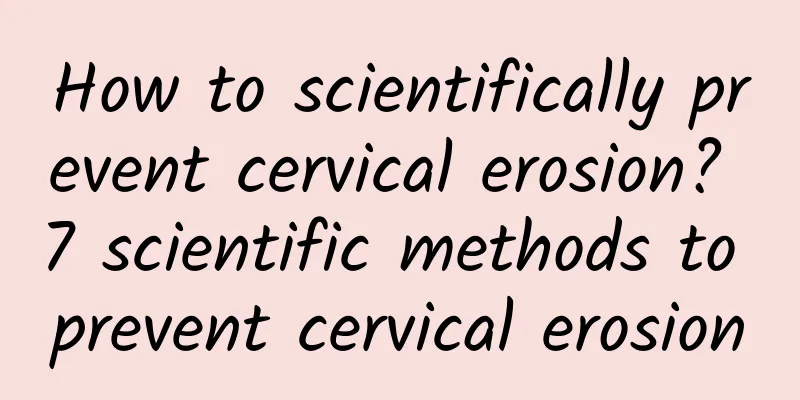What are the symptoms of uterine fibroids?

|
Symptoms of uterine fibroids include menstrual abnormalities, pelvic pressure, and fertility problems. Treatments include medication, surgical intervention, and lifestyle changes. Uterine fibroids are common benign tumors of the female reproductive system, mainly formed by the proliferation of uterine smooth muscle cells. The severity of its symptoms is closely related to the size, number and location of the fibroids. 1. Menstrual abnormality is the most common symptom of uterine fibroids, which is manifested as increased menstrual volume, prolonged menstrual period or irregular bleeding. This may be due to the fact that fibroids affect the normal shedding and repair process of the endometrium. 2. Pelvic pressure is usually caused by larger fibroids. Patients may feel discomfort such as lower abdominal distension, frequent urination or constipation. 3. Fertility problems are mainly caused by the location of the fibroids affecting the implantation of the fertilized egg or obstructing the patency of the fallopian tubes, which may lead to infertility or repeated miscarriage. 4. Other symptoms may include lower back pain, pain during sexual intercourse, and anemia, which are related to mechanical compression of the fibroids or long-term bleeding. There are many treatment methods for uterine fibroids, which need to be selected according to the patient's specific situation. 1. Drug treatment mainly uses gonadotropin-releasing hormone analogues, mifepristone and other drugs to achieve the purpose of shrinking fibroids and relieving symptoms by inhibiting estrogen secretion or directly acting on fibroid tissue. 2. Surgical intervention includes myomectomy, uterine artery embolization and endometrial ablation, which are suitable for patients with severe symptoms or who are ineffective with drug treatment. 3. Lifestyle adjustments including moderate exercise, maintaining a good mood and a balanced diet can help prevent recurrence of fibroids and alleviate symptoms. For patients with symptoms of uterine fibroids, timely medical treatment, professional diagnosis and treatment are key. Through regular gynecological examinations, uterine fibroids can be detected early and effectively controlled, the occurrence of related complications can be reduced, and women's reproductive health can be maintained. |
<<: What are the main causes of cervical erosion?
Recommend
Detecting chronic pelvic inflammatory disease can help you recover faster!
Pelvic inflammatory disease can be clinically div...
What causes cervical erosion? Can it cause cervical cancer and lead to infertility?
Does cervical erosion need treatment? You can ask...
What are the main symptoms of pelvic inflammatory disease?
What are the main symptoms of chronic pelvic infl...
What medicine should women take for irregular menstruation? People with irregular menstruation need to supplement 5 elements
Irregular menstruation is a common condition for ...
Best fat burning effect! Light Yoga + Pilates
"Why can't I lose weight?" I often ...
Treatment options for endometriosis
Experts point out that the factors that lead to e...
How much does it cost to treat vulvar leukoplakia?
How much does it cost to treat vulvar leukoplakia...
Experts explain the causes of pelvic inflammatory disease in women
Speaking of pelvic inflammatory disease, I believ...
Good way to treat ectopic pregnancy
The treatment of ectopic pregnancy has always bee...
Is ovarian chocolate cyst a disease? What is the pathogenesis?
Ovarian cysts can be treated based on the speed o...
Does curettage mean that the cure rate of medical abortion is low?
Nowadays, many young women do not pay attention t...
How to have a natural miscarriage when pregnant
Spontaneous abortion usually refers to the cessat...
The nemesis of pelvic inflammatory disease, six treatment methods can help you
Pelvic inflammatory disease is a gynecological di...
Chinese herbal decoction plus Chinese patent medicine cures dysfunctional uterine bleeding
Liu Liu is 28 years old this year. She has been m...
Will uterine fibroids affect pregnancy? Uterine fibroids can cause infertility and miscarriage
Uterine fibroids affect pregnancy: Understand the...









